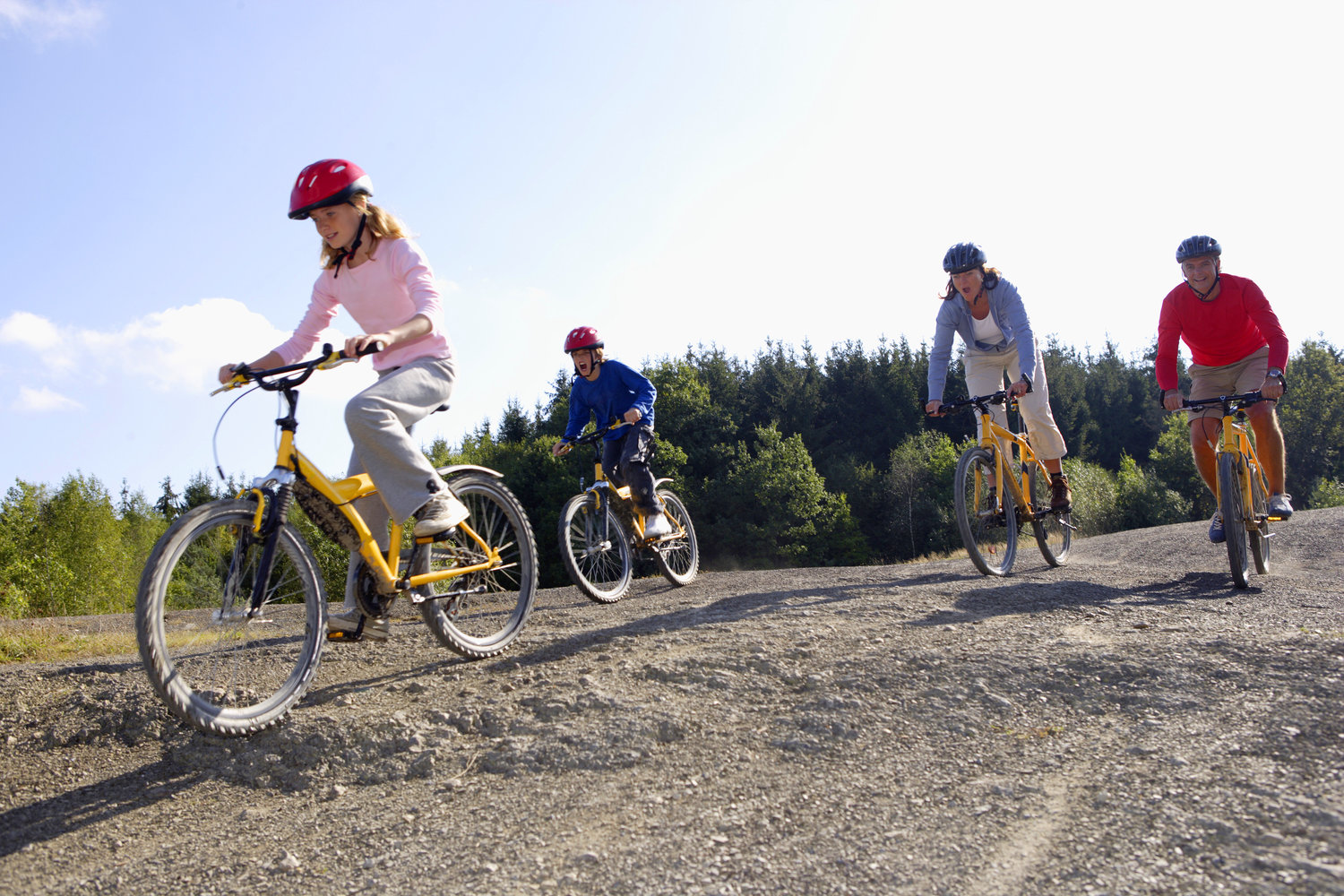Connecting trails from Manhattan to Montauk
Stretching some 175 miles, the Long Island Greenway is intended to serve walkers and cyclists alike on a trail beginning in Manhattan and terminating on the east end of Montauk.
The brainchild of the nonprofit Trust for Public Land, the trail would connect parks, trail and other public land within communities, allowing people to bike, jog or walk for leisure. And, in many cases, could even become a green means to commute to work.
Construction is set to begin next year, focusing on a 25-mile stretch between Eisenhower Park in East Meadow and Brentwood State Park.
“The abundance of beautiful parklands, trails and natural open spaces are one of the aspects that make our island such a desirable place to live,” John Cameron, Long Island Regional Planning Council chair, said in a release. “The Long Island Greenway will connect our communities and enable Long Islanders to better enjoy an active lifestyle.”
Carter Strickland, the Trust for Public Land state director, presented details about the project’s progress to the planning council last week. That includes a trail linking 26 parks, 46 train stations and 60 bus routes through a combination of off-road and on-road connections among more than two-dozen communities. It’s estimated to draw roughly 34 million visitors annually.
“Some of the benefits of ending in these existing parks — or beginning — is that they have bathrooms, they have parking areas, we can minimize that need to build anything new,” Strickland said. “Along the themes of making the most of our existing assets, that’s the whole vision.”
Throughout this 25-mile stretch, there are more than 130,000 residents who would find access. More than a dozen parks can be accessed by the trail, and another 36 schools and universities are within a mile.
One of the benefits of the trail overall, Strickland says, include a safer area for pedestrians and bikers to traverse.
“Long Island, unfortunately, kind of leads the state in terms of pedestrians killed or injured,” he said. “The statewide average is a third or a quarter of the amounts in Nassau and Suffolk, and it’s a public health crisis, and we’ve got to address it.”
Increased physical activity is another reason to support this trail.
“We know that in our day and age, obesity, chronic diseases are problematic,” Strickland said. “It’s what kind of plagues us. To prevent that, one of the best ways is to create recreational infrastructure, increase walking, or biking physical activities. It doesn’t always have to be super-rigorous.
“If we weave it into our lives, it’ll make us healthier, and overall reduce health care costs.”
The route aims to include the Nassau Hub, Belmont Park, and others throughout the island. The greenway would be the Long Island leg of New York state’s 750-mile Empire Trail that connects New York City to areas like Buffalo, Albany and Plattsburgh.
The plan is funded through a combination of private and taxpayer support. Now, the trust is applying for a federal grant to pay for the second phase of the trail between Riverhead and Montauk — approximately 50 miles.
They hope to get a grant under President Biden’s infrastructure law and its Rebuilding American Infrastructure with Sustainability and Equity program. With the support of the planning council, Strickland sent a letter to the U.S. Department of Transportation showing its support for grant money to help with the design stage of the next leg.
“The benefits of hike and bike trail networks are well-documented,” the letter, signed by Cameron, stated. “Trails create more livable communities through the revitalization of downtown areas and creation of transportation alternatives, improve public health by increasing access to recreational opportunities, and represent a meaningful equity investment in providing safe infrastructure to diminish reliance on private vehicle ownership.”
The trust hopes to be construction-ready for the second phase by 2025.







